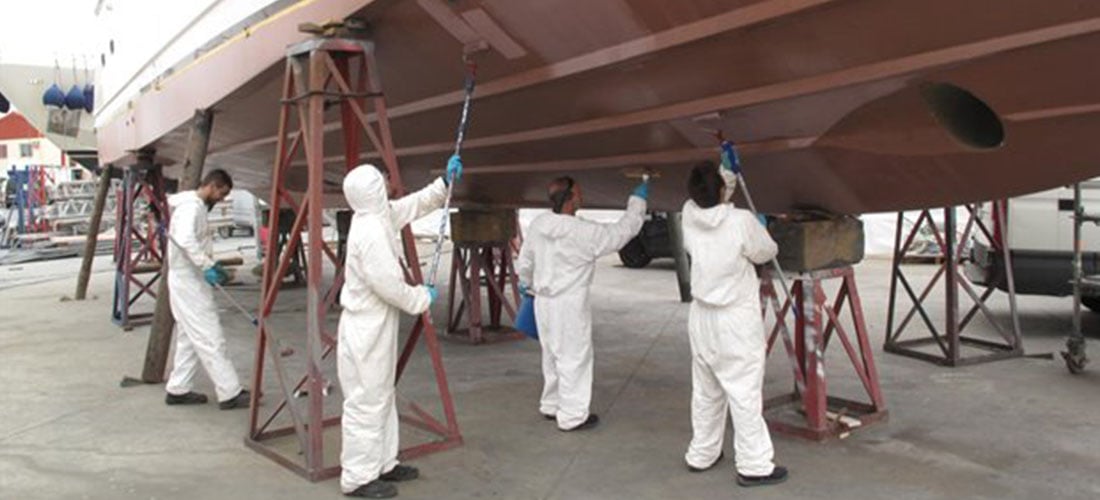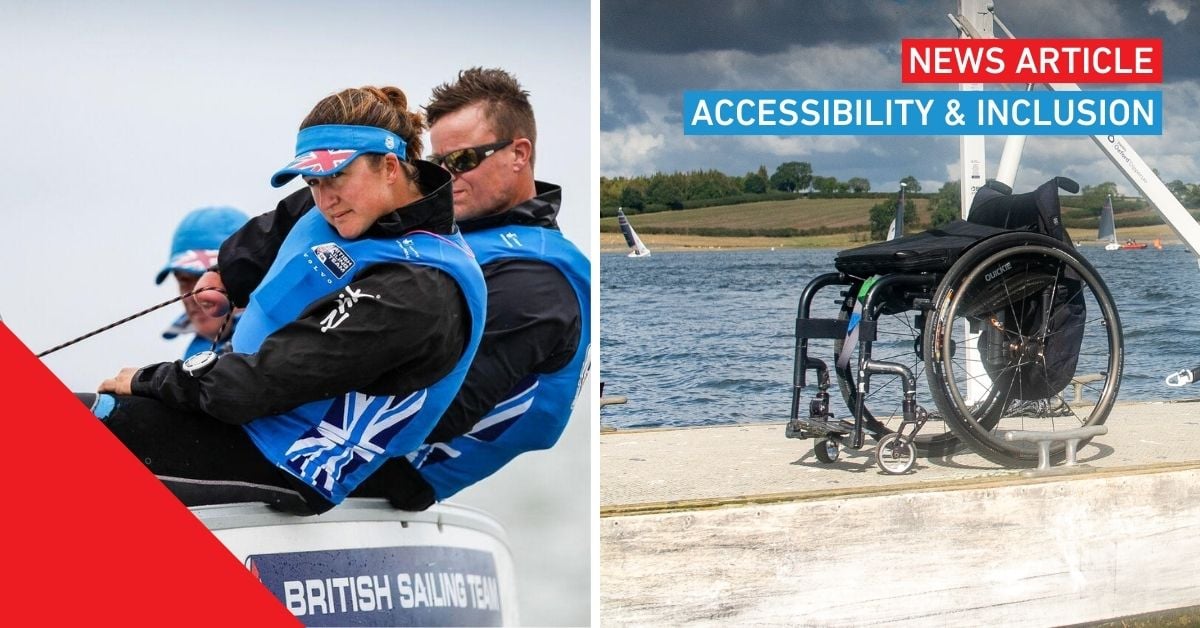Antifouling…will alternatives take hold?
This is a follow up to our recent article about antifoulings, in which we highlighted doubts about their future quality and availability due to the Biocidal Products Regulation (EU) No.528/2012 (BPR).
We should also mention here, that reassessment of current antifouling practice is not just limited to the leisure marine industry. Earlier this year it was announced by IMO (International Maritime Organisation) that they are allocating $6.9 million to a new initiative entitled the GloFouling Project.
This will take into consideration the transfer of invasive aquatic species through hull fouling, its effect on resistance through the water, subsequent impact upon on fuel costs, and emissions of air pollutants and greenhouse gases for commercial shipping.
So, it seems that the narrative has now moved on from; 'what about all these biocides leaching in to the water?'…to; 'what happens in a broader environmental sense if biocides are reduced or become ineffective?’
No doubt the jury will be out for some while, and in fact the truly definitive case may never be fully presented, but the argument for exploring alternatives to traditional antifouling paints has obviously gained even more traction lately.
Feedback from the community.
We received two responses to our last antifouling article from companies who are exhibiting at METSTRADE this year, and who will be presenting alternatives to antifouling paints. NRG Marine is offering Sonihull, an Ultrasonic system solution, whilst a company called Mactac will be exhibiting a silicone coated self-adhesive film application known as MacGlide.
Both systems work by discouraging bio fouling from getting attached to the hull, but they do it in very different ways, without the use of biocides and without emitting VOC’s (volatile organic compounds) into the atmosphere.
Ulltrasonic antifouling, no longer a fledgling concept.
Utrasonic cleaning has been around as an industrial concept for decades, for instance, as far back as the 1950s controlled sound waves were being used to safely and efficiently clean all kinds of components in the electronics, aerospace and automotive industries.
For some while now the concept has been adapted for marine applications in order to combat bio fouling. This is achieved by installing transducers inside the hull or on other internal features where bio fouling builds up, such as sea chests and cooling systems.
The multiple pulses of ultrasonic energy are transmitted through the material to which the transducers are attached, and this can be either metal or composite construction. The transducers are connected to a control box, and the system can be driven from shore power, onboard batteries or a generator.
NRG Marine have pointed out that they have over 15,000 of their systems installed worldwide, and that their clients include well known names in the commercial vessel world such as Damen Group and the US Coast Guard.
They are also adapting the configuration of their systems to suit differing operational requirements and are supplying superyacht yards such as Heesen and Trinity Yachts.
Another Utrasonics system supplier, UK based CMS Marine are also showing their SonicShield product range at METSTRADE 2017. The company has been in business since 1982, and since then they have developed a well-defined product offer with three configuration options depending on the size of boat. This involves 2 transducers for yachts up to 10 metres, 3 transducers for 10 to 20 metres, and bespoke multi transducer installations for catamarans, commercial vessels and larger yachts over 20 metres.
Hull Cleaning Robots, a futuristic solution.
If you are wondering how seriously the concept of robot hull cleaners should be taken, then suffice it to say that the US Coast Guard considered it worthwhile to commission a state-of-the-art study into them last year by the Worcester Polytechnic Institute in Washington.
Much of the development so far is aimed at commercial / offshore shipping and the study concludes that, ‘hull cleaners are an emerging market and much of their future is unknown.’
One of the products featured in the USCG report is the Italian designed ‘Keelcrab Sail One’ which is specifically aimed at the leisure boating market and is currently being rolled out via a number of agents where it is possible to rent or buy a unit, or arrange to have your boat hull cleaned by them. With plans to increase their production volume via a crowd funding campaign, this is probably one to watch out for in the future.
More details via the website: www.keelcrab.com
Drive-in boat wash, becoming a reality!
Just like a car wash, but designed for boats, configured with remote controlled cleaning brushes that scrub off fouling, whilst depositing the waste it into a segregated collection zone for environmentally friendly disposal.
Going through a drive-in wash a few times a year, does sound more attractive than hours of back breaking preparation, and applying smelly, toxic paint to your hull.
Sounds far fetched maybe? But it’s happening already.
Note: This is not meant to be an authoritative technical article on antifouling paints and all the various alternatives to them, nor is it claiming to have covered all of the current developments in this field.
For instance another area of development that is showing great promise is in the field of nano coatings with built in release capabilities, much like a non-stick frying pan working underwater. Maybe the subject for a future article here as the concept develops?
For now, the aim is to give an overview of the current state-of-play and to encourage interaction from the METSTRADE community. Please share your views, experiences and knowledge of the subject via the below comment box.
Share your stories on leisure marine industry with us
Do you have an innovation, research results or an other interesting topic you would like to share with the leisure marine equipment industry? The METSTRADE website and social media channels are a great platform to showcase your stories! Let us know via metstrade@rai.nl
Are you a METSTRADE exhibitor?
Make sure you add your latest press releases to your Company Profile in the Exhibitor Portal for free exposure.




